Power Tool Batteries — Voltage, Compatibility and Performance Comparisons
This article systematically introduces the impact of power tool battery type (Li‑ion, NiCd, NiMH), voltage (12V, 18V, 20V and above), compatibility and capacity on tool performance and battery life, and helps you make a wise choice based on your own needs through comparison and FAQs.
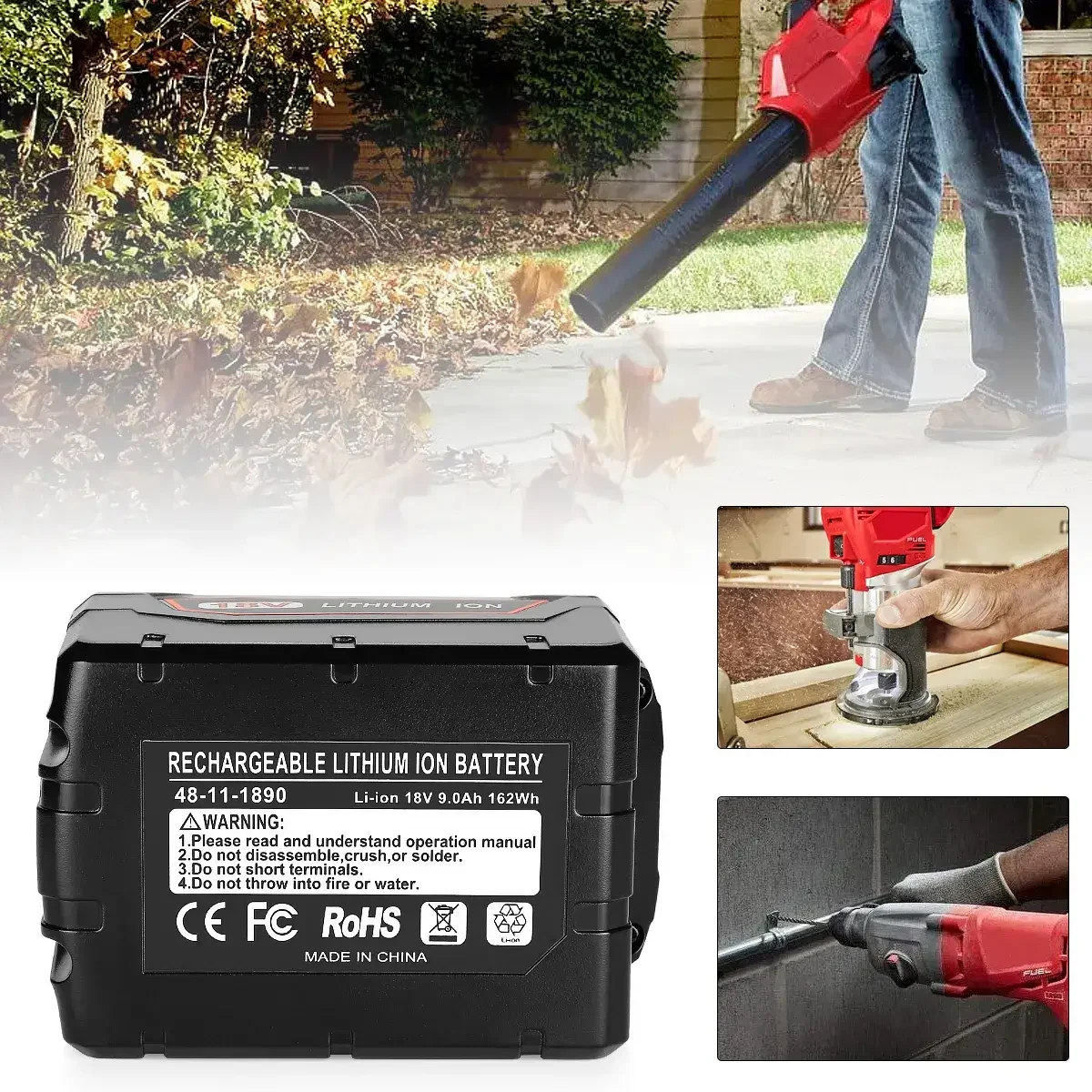
Power tool batteries have many different voltages, usually ranging from 12V to 60V, or even higher. Higher voltage batteries maintain more power for heavy-duty work lower voltage batteries are lighter and designed for smaller, lighter machines. Make sure that it is compatible with your tool brand and model, as that is the most important thing when it comes to batteries. The most prevalent type of battery is the lithium-ion (Li-ion) type, which provides longer runtimes, quicker charging, and greater efficiency than older NiCd batteries. Voltage is one specification to consider, but look for a battery with sufficient capacity (Ah) for improved performance and extended operating times.
Introduction
Selecting a suitable power tool battery comes as an essential part, as it will affect the tool’s function, productivity, and usefulness. In this article, we’ll explore key aspects such as voltage, battery compatibility, and how different battery types affect performance and runtime. Whether you’re a DIY enthusiast or a professional, understanding these factors will help you make a better, more informed decision.
There are different types of power tool batteries ranging from various voltages to compatible options. Grasping these differences helps ensure you choose the right battery for your tasks. Here, we’ll explore how voltage and battery types affect performance, so you can choose the right battery for your needs.
For starters, let’s make sure you understand how a power tool battery works and how it influences your tool performance.
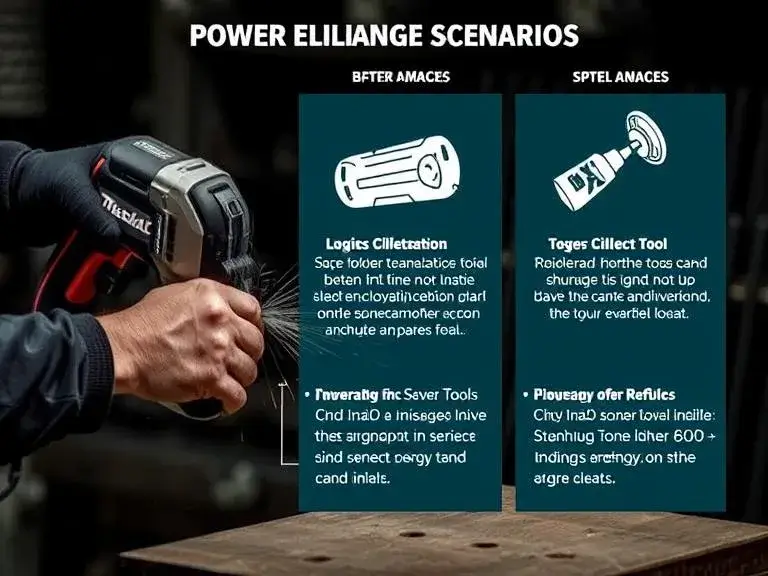
What Are Power Tool Batteries, Who Designed Them and Stuff?
Power Tool Batteries: Power tool batteries are rechargeable energy converters, which power different cordless devices. Common types of batteries include lithium-ion (Li-ion) or nickel-cadmium (NiCd) chemistry. Once a power tool is switched on, the battery discharges previously stored electrical energy via a circuit to drive the powering the motor to perform tasks like drilling or cutting. The battery consists of multiple cells connected to deliver a specific voltage. Over time, as the battery discharges, the voltage decreases until it needs recharging. Li-ion batteries are preferred for their higher energy density, longer lifespan, and faster charging times compared to older NiCd versions.
The type of battery used in a tool significantly influences its performance. Lithium-ion batteries stand out for their longevity and fast charging, while NiCd and NiMH batteries still have their place in certain tools. This section delves deeper into how each battery type impacts your tool’s performance and lifespan.
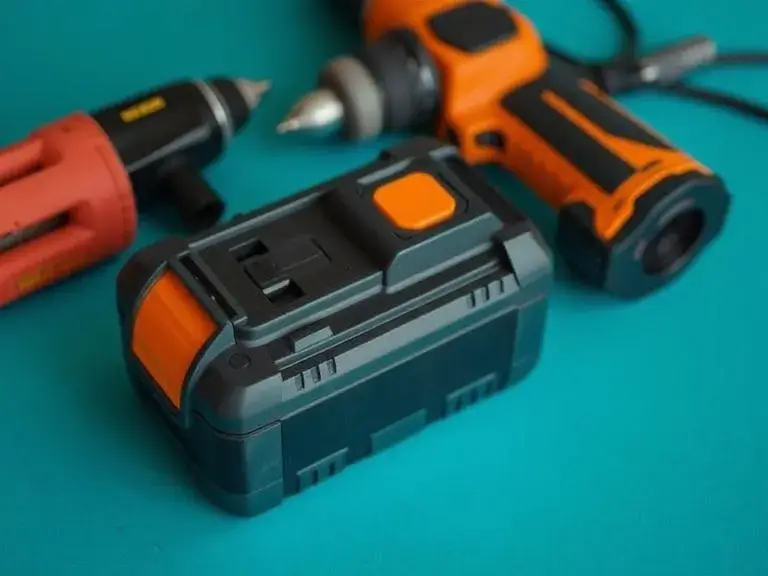
In-Depth Look at Battery Types
Understanding the differences in battery types helps you decide which is best for your specific needs:
1. Lithium-Ion (Li-ion)
Lithium-ion batteries are the industry leader due to their impressive energy density and fast charging. They are lightweight, compact, and provide longer runtimes, which is why they’re favored for heavy-duty and professional-grade tools.
Industry Insight:
Lithium-ion technology is continually evolving. Manufacturers are working on improving the energy efficiency of these batteries, which is key in making tools more sustainable and reducing carbon footprints. The high power density ensures tools can run longer on a single charge, which appeals to users who require maximum productivity without frequent downtime.
2. Nickel-Cadmium (NiCd)
NiCd batteries are more affordable than Li-ion but tend to be bulkier and heavier. These batteries also suffer from memory effect, which means they lose capacity over time if not fully discharged before recharging. However, they can still handle extreme conditions and are less affected by cold temperatures.
Industry Insight:
While NiCd is less common in newer tools, they are still used in some industrial and commercial applications where high durability is needed and battery life isn’t as crucial. Their robustness in harsh conditions makes them ideal for certain types of work environments.
3. Nickel-Metal Hydride (NiMH)
NiMH batteries are a compromise between Li-ion and NiCd. They offer higher capacity than NiCd without the memory effect, and they are generally more eco-friendly. However, they are still bulkier than Li-ion and have a shorter lifespan in comparison.
Industry Insight:
As environmental concerns increase, NiMH batteries are becoming more attractive, especially in markets where sustainability is a key concern. However, for tasks that require extended tool usage, NiMH batteries may not always provide the same level of performance as Li-ion.
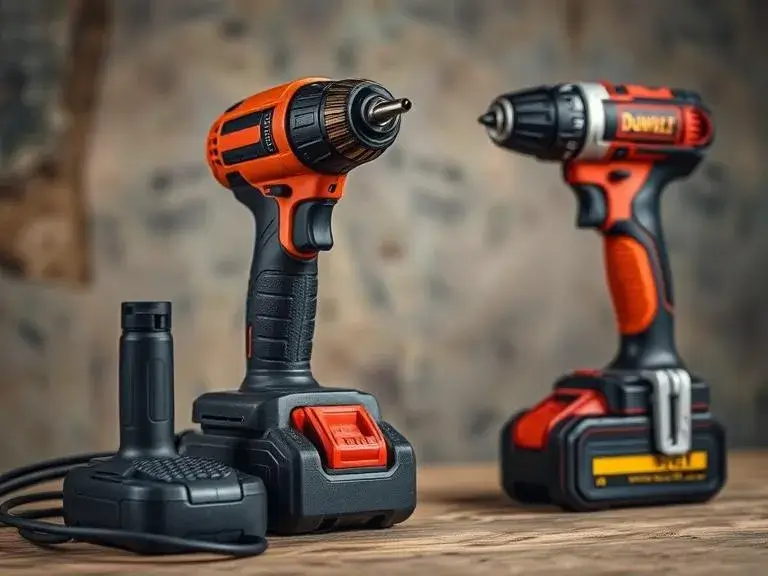
Battery Voltage and Its Impact on Tool Performance
The voltage of a battery determines how much power it can deliver to the tool. Higher voltage means more power, which is necessary for demanding applications. Voltage typically ranges from 12V to 20V for most cordless tools.
Voltage vs. Performance
Battery Voltage: 12V
1.Typical Use: Light-duty tasks (e.g., small drills, screwdrivers)
2.Advantages: Lightweight, affordable, compact
3.Disadvantages: Limited runtime, less power for heavy-duty work
Battery Voltage: 18V
1.Typical Use: Medium-duty tasks (e.g., drills, saws)
2.Advantages: Balanced power and portability, versatile
3.Disadvantages: Slightly heavier than 12V, but still manageable
Battery Voltage: 20V
1.Typical Use: Heavy-duty tasks (e.g., impact drivers, circular saws)
2.Advantages: High power output, ideal for tougher jobs
3.Disadvantages: Heavier, longer charge times
Industry Insight:
In the power tool industry, there’s a trend toward higher voltage batteries to accommodate more demanding tasks. While 12V batteries are perfect for light tasks, the move towards 18V and 20V batteries caters to the increasing demand for more power, especially for professional-grade tools.
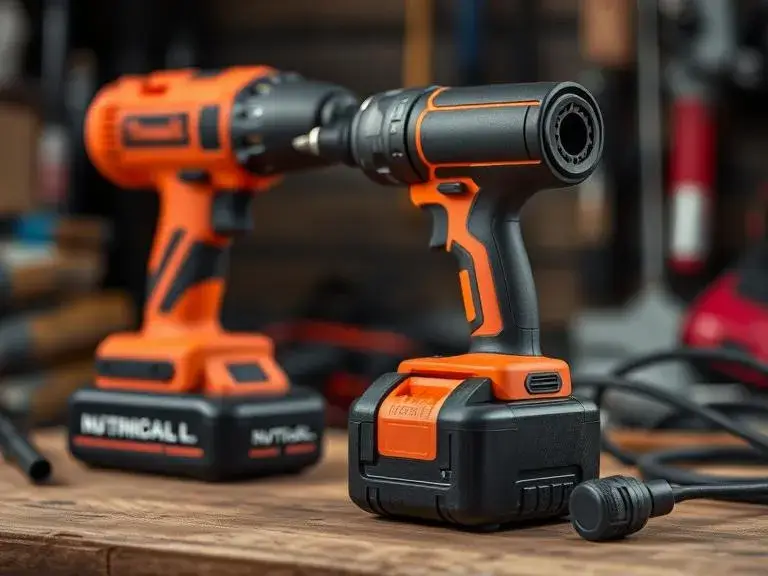
What Is Battery Compatibility in Power Tools?
Battery compatibility is crucial for maximizing the utility of your tools. Some brands offer universal battery systems, allowing you to use one battery for multiple tools, while others have proprietary designs that restrict compatibility.
Battery Compatibility Tips
Make sure the battery you choose is compatible with your tool’s requirements. Most brands, like DeWalt, Makita, and Milwaukee, offer interchangeable batteries across their product lines, but always check the voltage and connector type to avoid compatibility issues.
Why Does Battery Life Matter in Power Tools?
Battery life is a critical factor because it determines how long you can use your tools without needing to recharge. Factors such as battery type, voltage, and capacity (measured in Ah) affect how long a battery will last during use.
Battery Life Tips
Lithium-ion batteries are known for their long life and efficient energy use, but runtime depends on the specific task. Tasks that demand more power, such as cutting through hardwood or drilling concrete, will drain batteries faster. A battery’s capacity (Ah) plays a big role in determining how long it lasts.
Industry Insight:
Many manufacturers are focused on increasing the energy density of lithium-ion batteries to extend runtime without increasing battery size. This trend is critical as users demand longer-lasting tools for both professional and home improvement projects.
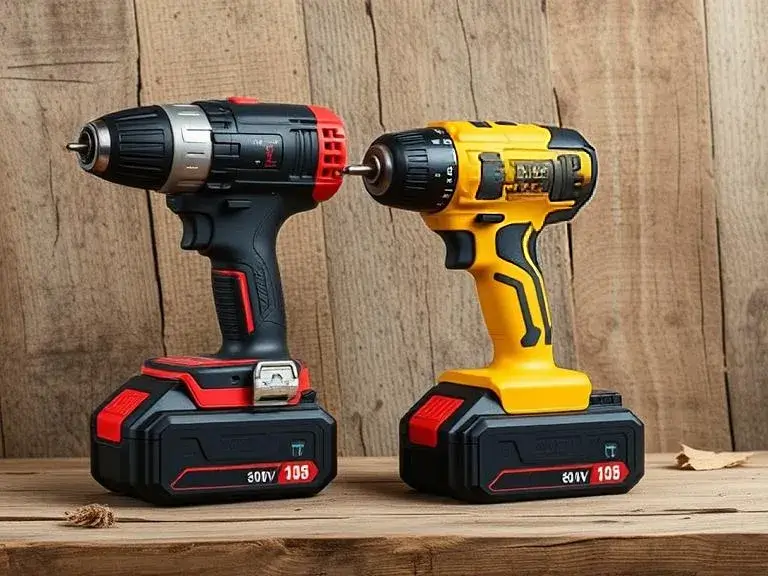
FAQ
1.What is the difference between power tool batteries?
The main differences come down to battery type (Li-ion, NiCd, NiMH), voltage, and capacity. Lithium-ion batteries offer the best longevity and energy efficiency compared to NiCd and NiMH.
2.Which type of battery is best for power tools?
Lithium-ion batteries are the top choice for most power tools, as they are lightweight, quick to charge, and provide long-lasting power.
3.Which is better, a 2.0 Ah or 4.0 Ah battery?
A 4.0 Ah battery will give you longer runtime, while a 2.0 Ah battery is more lightweight and suitable for lighter tasks.
4.What’s the difference between 12V and 18V batteries?
12V batteries are suitable for lighter, less demanding tasks, while 18V batteries offer more power and are better for heavy-duty work.
Conclusion
Choosing the right power tool battery comes down to understanding your specific needs, the type of tasks you’ll be performing, and the battery characteristics that best support those tasks. By considering voltage, compatibility, and battery life, you can make a more informed choice that will ensure better performance and longer-lasting tools for your next project.